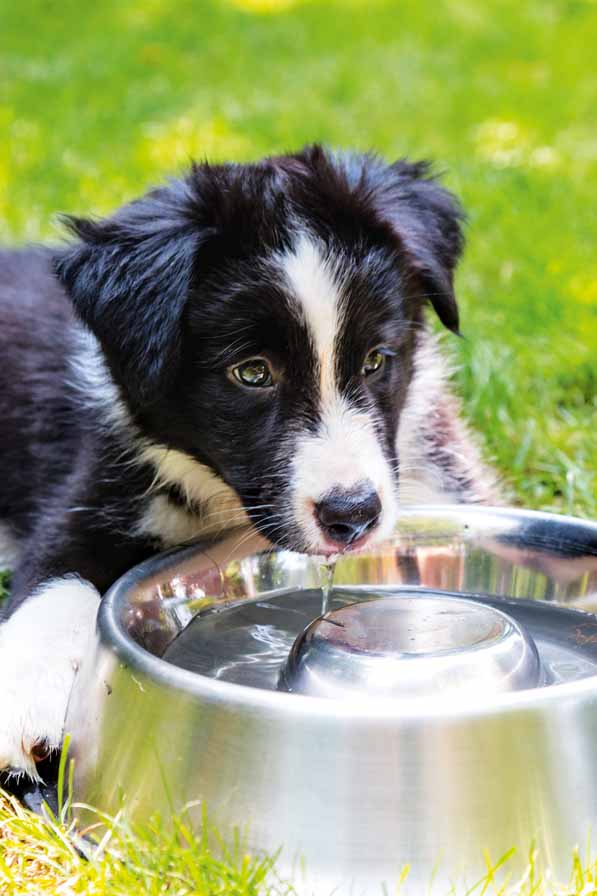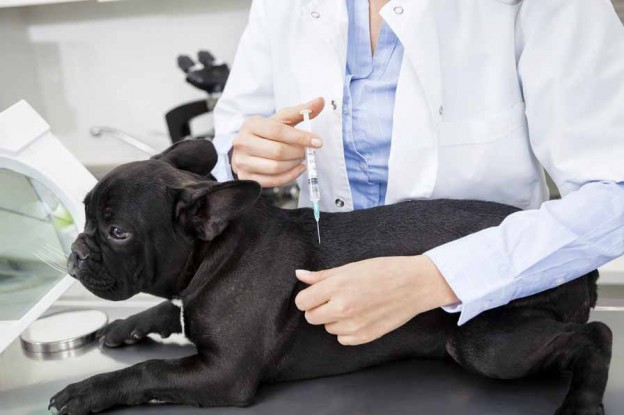
The word might sound funny, but zoonosis — a disease that can be transferred from animal to human — can be quite serious. Kylie Baracz reports.
We share a lot of things with our pets — love, cuddles, the occasional piece of food that “falls off” our plate — but did you know we can also catch diseases from them too? Dr Bob Rees, senior technical services veterinarian at Bayer Companion Animal Health, says these diseases are known as zoonoses and can be quite harmful to our health.
What is a zoonosis?
“A zoonosis is a disease or infection that can be transmitted naturally from animals to humans. It is also referred to as a zoonotic disease — the plural being zoonoses,” says Dr Rees. “The range of these animal transmitted diseases is broad (see box for examples) and includes viral, bacterial, fungal and protozoan infections, plus parasitic diseases caused by worms, insects (fleas, flies) and arachnids (ticks, mites).” Not only can we catch these diseases from our animals, we can also spread our illnesses to them. “Reverse zoonosis does occur, with the most serious emerging issue being the transfer of antibiotic-resistant bacteria from humans to dogs,” says Dr Rees.
Reduce the risk
To stop the transfer of these diseases, Dr Rees suggests regular treatment for both internal and external parasites for our pets. For us humans, he says increased hygiene (such as washing hands after contact) can reduce the risk of a zoonosis. “Most importantly, educating children about the importance of good hygiene is essential, as is educating pet parents about the risks associated with failing to provide your pets with the correct treatments,” he says.
Zoonotic disease research
Bayer Companion Animal Health is involved in two important projects researching zoonoses with the University of Queensland (UQ) and Murdoch University. The first, known as the UQ project, is studying the bacterial agent that causes Cat Flea Typhus in humans. The first reported Australian case was in 2011. “Cat Flea Typhus is a bacteria known as Rickettsia felis and is spread when an infected flea bites a human. This infection produces flu-like symptoms, a skin rash and can lead to serious complications such as pneumonia,” Dr Rees says.
“It was first thought that only the cat was involved in the spread of infection but a pilot study at UQ showed that dogs can act as a ‘reservoir host’. This means that dogs carry the bacteria in their blood stream but do not show signs of infection. They can, however, keep the infection circulating in the flea population. This project will look at the prevalence of infection in both dogs and wild rodents to further clarify their role in this emerging bacterial zoonosis.”
The second of Bayer’s projects is with Murdoch University and has been specifically designed to identify tick-borne pathogens. “These are bacterial agents that are carried by ticks and cause infection in animals and humans when the tick bites,” says Dr Rees. Murdoch University researchers will use molecular technology to analyse the DNA of pathogens contained within the tick’s body. The end result should be a better understanding of the occurrence, diversity and prevalence of these infectious agents.
“Bayer’s involvement in these projects is to highlight the need for effective parasite control in pets and to expand the knowledge base of these zoonotic conditions in both veterinary and human medicine,” says Dr Rees.
Zoonotic diseases
- Ringworm: A fungal infection of the skin. It is commonly passed from cats to humans.
- Psittacosis or Parrot Fever: Caused by a Chlamydial bacteria, Psittacosis is passed to humans from pet parrots and a wide variety of other birds, domestic fowls and turkeys.
- Toxocariasis: A condition caused when the roundworm of dogs is transmitted to humans. It is the small larval stage of the parasite that produces the problem in humans, not the fully grown adult worm.
- Cutaneous Larva Migrans or Creeping Eruption: Caused when the larval stage of the hookworm of dogs penetrates the skin of a human. Movement of the larva under the skin produces a red, inflamed track.
- Q Fever: An occupational disease of veterinarians, livestock attendants and abattoir workers. It is a form of bacterial disease spread by cattle, sheep and goats and infection can produce severe outcomes in humans.







